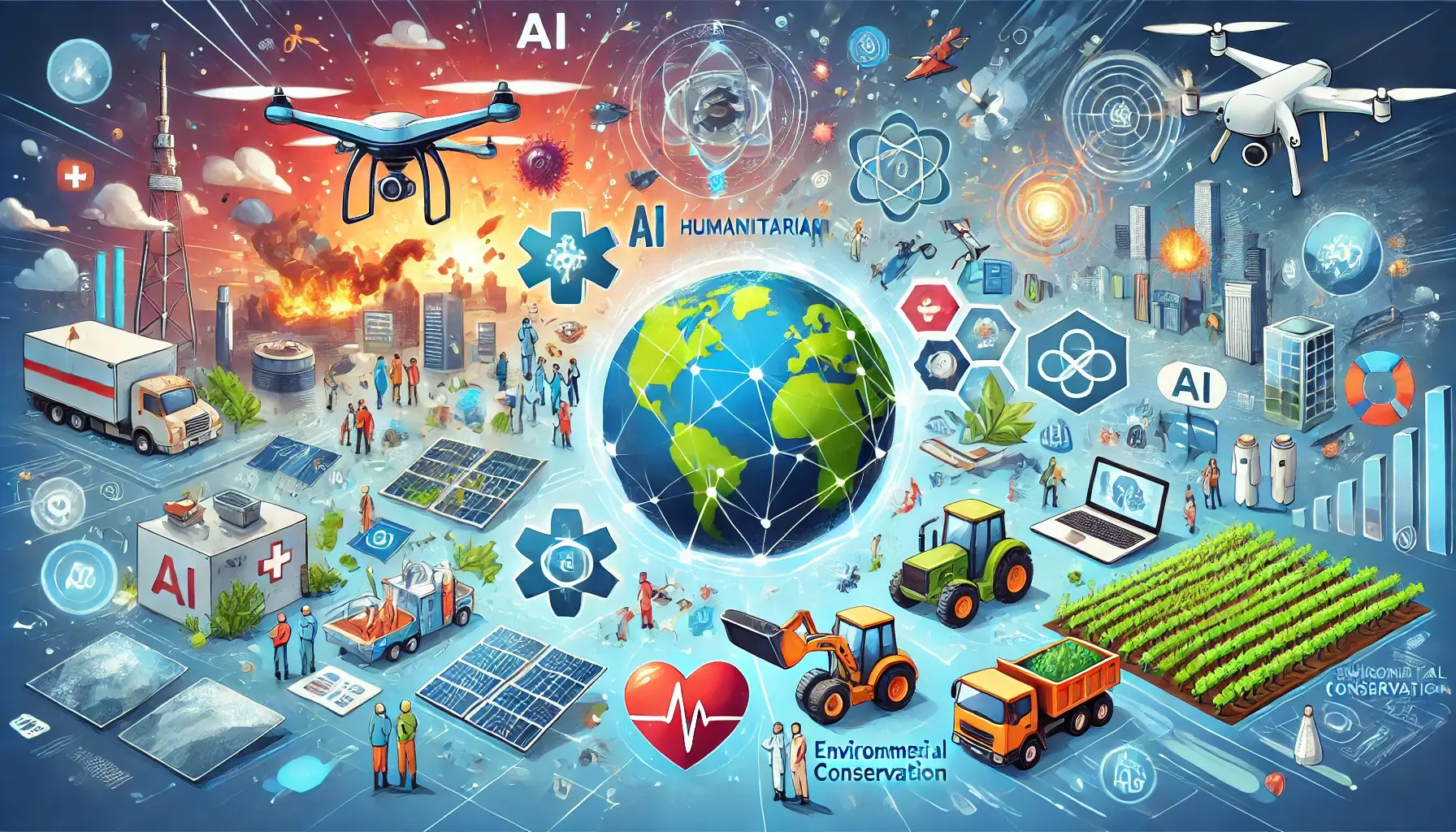- Artificial intelligence has displayed its immense potential to address some of the most pressing humanitarian challenges faced by the world today. Using AI, organizations and governments can improve resource allocation, support vulnerable populations, and enhance capacity to respond to crises. In recent years, AI has exponentially grown in potential, and its capabilities have been utilized in worldwide crises.
Disaster Response and Management
- AI has played a crucial role in improving disaster responses and management. With Machine Learning algorithms and data analytics, AI can predict natural disasters such as earthquakes, floods, and hurricanes with increased accuracy. This has allowed for faster evacuations and allowed for affected areas to prepare for disasters. In addition, AI-powered drones and satellite imagery analysis can assess damage and identify affected areas faster than most rescue operations. Furthermore, AI systems optimize the distribution of emergency supplies, allowing those in need to receive care swiftly.
Disease Tracking and Epidemic Prevention
- In the public health industry, AI has been used to track and prevent the spread of diseases. AI algorithms analyze data from sources like social media, healthcare records, and sensors to detect early signs of disease outbreaks. In light of the recent pandemic, AI has been instrumental in predicting the spread of infectious diseases including COVID-19, Ebola, and Zika virus. By identifying patterns and potential hotspots for disease, AI allows public health officials to implement interventions and prevent the spread of disease. In addition, AI-powered diagnostic tools can allow for early detection and diagnosis, improving patient outcomes and preventing the spread of diseases.
Environmental Protection and Conservation
- Technologies in AI have been utilized to protect the environment and aid in conservation efforts. AI tools can monitor deforestation, illegal fishing, and wildlife trafficking by analyzing satellite imagery and environmental data. These technologies allow conservationists to prevent and respond to environmental threats quickly and efficiently. Additionally, AI is used in modeling and predicting climate change; machine learning is used to help scientists understand climate change and develop strategies to minimize and adapt to the new environment. AI’s sustainable practices and policies continue to preserve and protect the environment.
Food Security and Agriculture
- AI has also contributed to improved food security and sustainable agriculture. Solutions like drones and sensors can monitor crop health, predict yields, and optimize farming practices. Additionally, AI-powered drones collect data on soil conditions, moisture levels, and crop growth; statistics taken by AI sensors and drones allow farmers to make decisions about irrigation, fertilization, and pest control. The data collected increases agricultural productivity while reducing waste and environmental impact.
Conclusion
- The integration of AI into humanitarian applications has proven to be extremely beneficial, offering innovative solutions to challenging problems in our society. Ranging from disaster response, and disease prevention, to food security, AI is enhancing the effectiveness of humanitarian efforts. By implementing AI to aid in humanitarian applications, we take a step towards a more sustainable, safe world.

